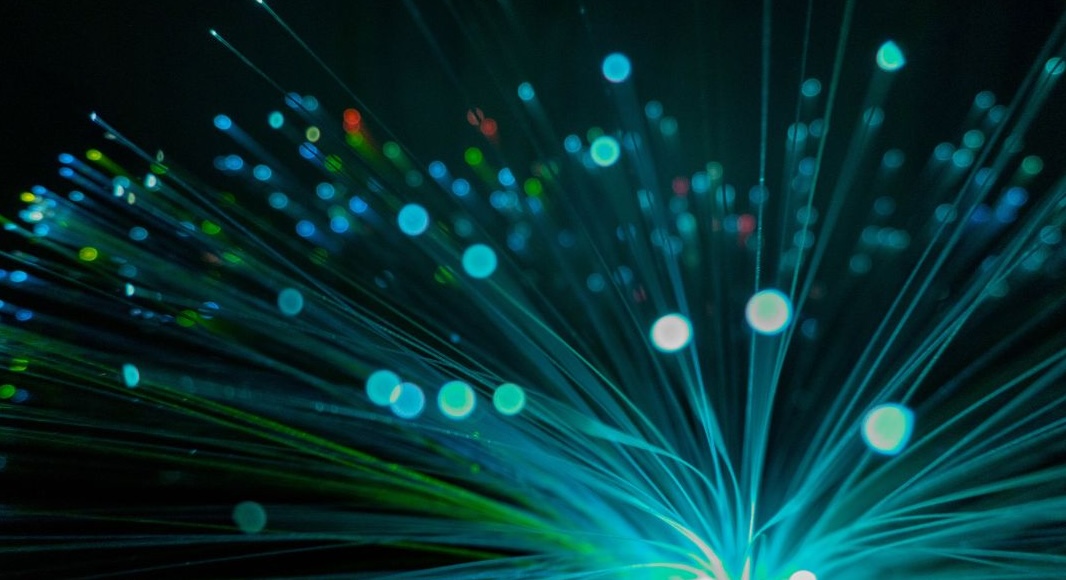Maintaining the integrity of fibre optic cables is essential for network performance and reliability.
These cables are essential to modern data transmission, providing high-speed internet and efficient connectivity.
However, like any other technology, fibre optic cables can suffer from wear and tear, leading to significant issues if not addressed promptly.
Damage to these cables can impact signal strength, data transfer speeds, and overall network stability.
Recognising the signs of potential damage early on is required to prevent larger problems and costly repairs.
Regularly checking your cables can save you from unexpected downtimes and maintain your network’s health.
Decreased Signal Strength or Data Transfer Speeds

One of the first signs of a damaged fibre optic cable is a noticeable decrease in signal strength or data transfer speeds.
When a cable is compromised, it cannot effectively transmit light signals, resulting in poor performance.
Symptoms may include slower internet speeds, increased latency, and frequent disconnections.
To diagnose this issue, start by measuring the current data transfer speeds using network monitoring tools.
Compare these readings with the expected performance metrics provided by your service provider.
If there’s a significant discrepancy, it’s a clear indicator of potential damage. For instance, tech firms may experience a drastic drop in their data speeds.
Upon investigation, a discovery of a small fracture in the cable would usually require a complete fibre optic repair to restore their network performance.
Physical Damage to the Cable
Physical damage is a common cause of fibre optic cable issues.
This can result from various factors, such as accidental cuts during construction, rodent activity, or excessive bending.
Visually inspecting the cables regularly can help identify signs of physical damage early on.
Look for cracks, cuts, or severe bends in the cable.
These visible signs indicate that the internal fibres may be broken or strained, leading to signal loss.
Ignoring such damage can result in complete network failure over time.
To prevent physical harm, cables need to be properly secured and protected.
Use protective conduits and avoid placing cables in high-traffic areas where they might be inadvertently damaged.
Increase in Error Rates and Data Loss

An increase in error rates and data loss is another sign of a broken fibre optic cable.
When a cable is compromised, it can introduce errors in the data being transmitted, leading to corrupted or lost information.
This can manifest as frequent data transmission errors, dropped packets, or incomplete file transfers.
To detect these issues, use network monitoring tools that can track error rates and identify patterns of data loss.
If you notice a spike in errors, it’s essential to investigate further.
Addressing high error rates promptly is needed to maintain data integrity and smooth network operations.
Unexpected Changes in Power Consumption
A damaged fibre optic cable can also lead to unexpected changes in power consumption.
A compromised cable may cause the network hardware to work harder to maintain connectivity, resulting in increased power usage.
Monitoring power consumption can provide insights into potential cable damage.
Use monitoring tools to track power consumption linked to your network hardware.
Significant fluctuations in power usage might indicate that the network is compensating for a damaged cable.
Ignoring these signs can lead to higher operational costs and further damage to the network infrastructure.
Early detection and addressing power fluctuations can help maintain the efficiency and longevity of your network systems.
Visible Signs of Cable Discolouration or Deformation

Visible discolouration or deformation of fibre optic cables can be a clear indicator of damage.
This can occur due to exposure to harsh environmental conditions, such as extreme temperatures, chemical spills, or UV radiation.
When the outer jacket of the cable changes colour or becomes deformed, it often means that the internal fibres may also be compromised.
Discolouration and deformation can lead to signal attenuation and increased error rates.
Safety precautions should always be taken when handling damaged cables to avoid electrical hazards or further damage.
If you notice such signs, assess whether the cable requires repair or complete replacement.
In many cases, replacing the damaged section is the most effective solution to restore network performance and reliability.
How to Test for Fibre Optic Cable Damage
Testing fibre optic cables for damage is essential for maintaining network health.
Several diagnostic tools and software are available to help identify and troubleshoot issues.
Using an Optical TimeDomain Reflectometer (OTDR) can pinpoint the exact location of faults within the cable.
Follow these steps to achieve it
- Connect the OTDR to the fibre optic cable.
- Run the test to identify any reflections or signal loss points.
- Analyse the results to locate the damaged sections.
- Inspect the identified areas for physical damage or deformities.
Regular testing should be performed, especially in high traffic or harsh environments.
Incorporate this into your routine maintenance schedule to catch issues early and avoid major disruptions.
For comprehensive testing, you need high-quality fibre patch cords for accurate and reliable connections.
Preventive Measures to Avoid Fibre Optic Damage
Preventive measures are used to avoid fibre optic cable damage.
Proper cable management and maintenance practices can significantly extend the lifespan of your cables.
Here are some best practices to follow for data centre solutions:
Cable Management
Organise cables neatly and avoid excessive bending or kinking.
Environmental Conditions
Protect cables from extreme temperatures, moisture, and chemicals. Use appropriate conduits and enclosures for added protection.
Protective Tools and Accessories
Use cable protectors, guides, and sleeves to prevent physical damage.
Routine Inspection Schedule
Regularly inspect cables for signs of wear and tear. Schedule inspections based on the operating environment and traffic levels.
By implementing these strategies, you can minimise the risk of cable damage and the longevity of your network.
Additionally, investing in high-quality data centre solutions can further safeguard your infrastructure from potential harm.
Recognising the signs of damaged fibre optic cables early is needed for maintaining network performance and reliability.
Regular checks and preventive measures can help identify issues before they escalate into major problems.
Implementing a routine maintenance schedule and investing in protective tools can significantly improve the longevity of your cables.
For more information on maintaining and testing fibre optic cables, explore our range of fibre optic solutions.
Regular maintenance and proactive strategies are key to a reliable network, essential for running modern data systems.
Consider seeking further training or consultation services to deepen your understanding and improve your network’s resilience.


